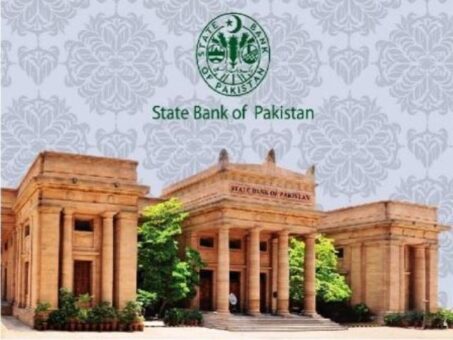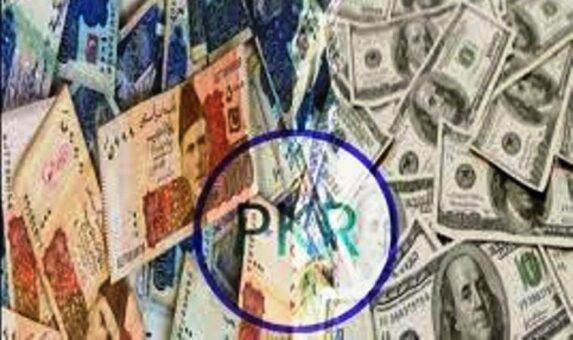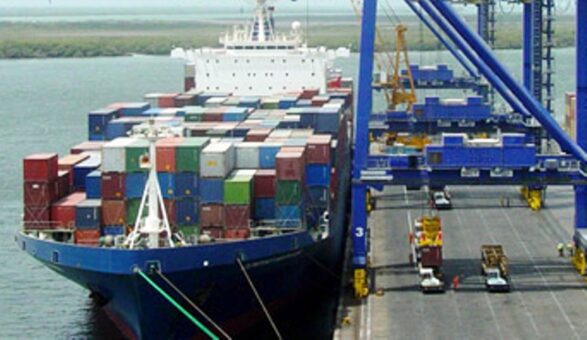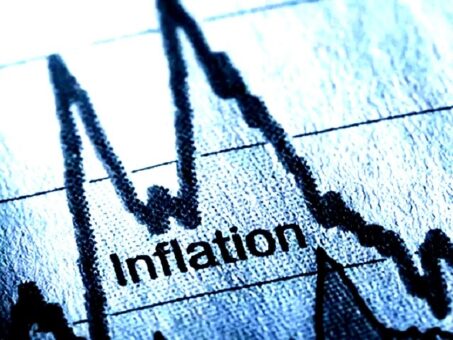KARACHI: Finance Minister Miftah Ismail on Tuesday assured shopkeepers and small retailers of removing all taxes being collected through electricity bills once the fixed tax regime is implemented.
Responding to demand raised by retailers and shopkeepers, the finance minister promised to remove all the other taxes from the electricity bills once the fixed tax regime is activated to avoid double taxation, as quoted by a press release issued by Karachi Chamber of Commerce and Industry (KCCI).
“Only GST on electricity consumption will be applicable and at the year end, they will be required to submit a document to intimate the tax authorities about the payment of taxes during the year,” Miftah Ismail was quoted as saying.
READ MORE: FTO investigates tax collection through electricity bills
Earlier, the KCCI office bearers highlighted that the government is already charging hefty multiple taxes on electricity bills on commercial units including Electricity Duty, General Sales Tax (GST), Extra GST, Further GST and Income Tax U/S 235 of the Income Tax Ordinance, 2001.
In response to the protests by small retailers against the fixed retailers’ tax introduced in Finance Act 2022, Finance Minister Miftah Ismail announced to reduce the fixed tax rate from Rs. 6000 per month on non-filers to Rs. 3000 on electricity bills and exempted consumers whose electricity bills was up to 150 units.
To voice the concerns of the small retailers, Chairman BMG Zubair Motiwala and President KCCI Muhammad Idrees called a meeting of business associations and held talks with Finance Minister Miftah Ismail and Chairman FBR on Zoom.
READ MORE: Withdrawal of sales tax through electricity bills demanded
During the session, they expressed concerns over the high rate of taxes being charged through electricity bills. They argued that commercial consumers are already paying multiple taxes in their monthly electricity bills including fuel adjustment surcharge, electricity duty, income tax, general sales tax, extra GST, further GST besides electricity charges, and over and above a new fixed tax has been levied on all commercial consumers which is unsustainable.
In the meeting held at Karachi Chamber of Commerce and Industry between the Finance team and small traders, the Finance Minister Miftah Ismail promised to waive multiple taxes on electricity bills and also agreed to consider the demands of small traders to increase the threshold.
After taking the leadership of small shopkeepers on board, Chairman Businessmen Group Zubair Motiwala and President KCCI Muhammad Idrees urged the government to accept the genuine demands of small businessmen who are already struggling to make both ends meet and increase the suggested threshold of 150 units of electricity consumption from fixed tax regime and remove other taxes from electricity bills.
READ MORE: Tax through electricity connections on retailers, service providers
General Secretary BMG & Former President KCCI AQ Khalil stressed on removing other taxes and consider all NTN holders as filers under the fixed tax regime.
In the Finance Act FY22, the government imposed a fixed tax regime for retailers whereby even the unregistered consumers with zero or minimal units were getting Rs. 6000 monthly tax on electricity bills. After severe hue and cry from small traders against the new fixed tax regime for retailers, the Finance Minister Miftah Ismail announced a revision in the scheme under which up to 150 units of electricity consumption were exempted from the tax and removed the condition to charge double amount of tax from unregistered traders, making it full and final tax and also granted immunity from tax notices, audits and raids by FBR officers.
To address the concerns, KCCI held an urgent meeting with a delegation of small businessmen receiving fixed tax on electricity bills headed by Abdul Majeed Memon Chairman, Special Committee for Small Trader of KCCI and Talat Mehmood Co Chairman Special Committee for Small Traders accompanied by representatives of several market associations of Karachi.
READ MORE: FBR explains income tax on export of services
KCCI had invited all the associations of Karachi and vast majority of them participated in this meeting where they unanimously agreed to the decision of Chairman BMG Zubair Motiwala that the tax may be implemented on the basis of units of consumed where up to 250 units will be exempted from tax and those consuming above 250 units of electricity may be charged fixed tax accordingly. It was also unanimously agreed that all the other taxes including Income Tax, GST Extra GST and Further GST will be replaced with this single fixed tax as full and final tax liability.
READ MORE: FBR restores 100% depreciation deduction
The delegation comprised of Muhammad Akram Rana Vice Chairman All Karachi Tajir Ittehad, Asif Gulfam Chairman Alliance of Arambagh Market, Dilshad Bukhari Saddar Jama Mall, Mehboob Azam President All Pakistan Small and Cottage Industry, Mehmood Hamid General Secretary All Pakistan Small Traders and Cottage Industry, Muhammad Feroz President Saddar Cooperative Market, Muhammad Fayyaz Chairman Sind Tajir Ittehad Old City Area, Rafiq Jadoon President All Pakistan Anjumane Tajiran (Bolton Market), Ilyas Memon President Tariq Road Trader Alliance, Nadeem Ahmed Khan President All Karachi Plastic Bags Manufacturing Association, Zulfiqar Shiwani Regional President Sindh Tajir Ittehad, Jamil Parachi Chairman Sindh Tajir Ittehad, Mirza Sadiq Baig Vice President Sindh Tajir Ittehad, Sheikh Muhammad Irshad Jama Alliance, Chaudry Aamir Ali Khan President Car Association, Abdur Raheem Car Dealers Association, Abdul Qadir Noorani General Secretary Joria Bazar Market, Javed Shams Daniyal President Anjuman Tajiran e Sindh – Karachi Division, Abdul Samad Khan SVP Saddar Alliance of Market Association, Abdullah Batra Chairman Orangi Traders Association, Arif Patel Goldsmith among others. The members of the Managing Committee of KCCI also attended the meeting.





